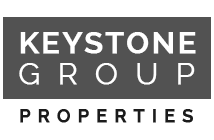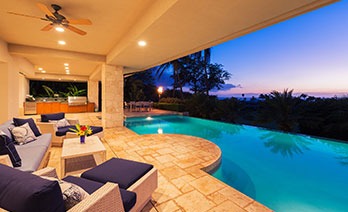When an Adjustable Rate Mortgage Makes Sense
Call Bob Cumming of Keystone Group Properties at 310-496-8122 for information about luxury homes in Los Angeles County, exclusive Orange County CA homes and beach/coastal homes in San Diego County. Keystone Group Properties offers excellent services and professional expertise to discriminating buyers and sellers in Southern California.
When an Adjustable-Rate Mortgage Makes Sense
Locking in a historically low fixed rate might feel safer. But borrowers can save big on ARMs right now.
By Janice Revell, contributor, Fortune, September 3, 2012
FORTUNE — During the housing meltdown, adjustable-rate mortgages were vilified as a hallmark of irresponsible borrowing. Recently, though, they’ve been making a comeback, especially among affluent borrowers. This summer, for instance, Facebook (FB) CEO Mark Zuckerberg reportedly financed his home using an ARM with a rate of just 1.05%. Most borrowers can’t snag a rate remotely close to that. But many would still do well to consider an ARM right now — even if conventional wisdom says otherwise.
An adjustable-rate mortgage offers an introductory period in which you pay a lower interest rate than with a fixed loan; after that, the rate can fluctuate up or down. With rates near historic lows, the safety of locking in a fixed rate appeals to many borrowers. But they’re paying a premium for that security: The spread between rates on 30-year fixed-rate mortgages and the most popular ARMs now stands at about one percentage point, more than double the difference just five years ago.
That means that homeowners who are planning to either move or pay off their mortgage over the next few years can save big with an ARM. Take, for example, a homebuyer who plans to pay down an $800,000 mortgage. Currently the rate on the fixed portion of a 5/1 ARM — which is guaranteed for the first five years and adjustable once a year thereafter — is around 3%. In a typical 5/1 ARM, the maximum increase during the sixth year is five percentage points above the initial rate. Alternatively, our hypothetical borrower could opt for a 30-year mortgage that locks in an annual rate of about 4%.
MORE: Mortgage applications up, mortgages not so much
Fortune asked Greg McBride, an analyst with mortgage tracker Bankrate.com, to run the numbers on both options. To be conservative, McBride assumed the worst-case scenario with the ARM — one in which the rate shoots up to the 8% maximum in year six. Here’s what would happen: For the first five years, our homebuyer’s monthly payments on the ARM would be $3,373 — or $446 less than what he’d pay under the 30-year fixed mortgage. Over that period he’d save a total of $39,000 in interest and would amass $12,000 more in equity. After the initial five years the monthly payments under the ARM would balloon to $5,490. But it’s not until the seventh year of the loan that the savings garnered by the lower ARM payments during the first five years would be wiped out entirely. (This doesn’t factor in the mortgage-interest tax deduction, which would be greater on the fixed-rate loan for the first few years but higher on the ARM thereafter.)
If after five years, however, the rate on the ARM increased at a more moderate pace of one percentage point a year, the initial savings wouldn’t be eclipsed by the fixed rate until the 10th year of the loan. The bottom line: Unless you definitely plan to stay in your mortgage over the long term, it might pay to adjust your thinking.
–A former compensation consultant, Janice Revell has been writing about personal finance since 2000.


